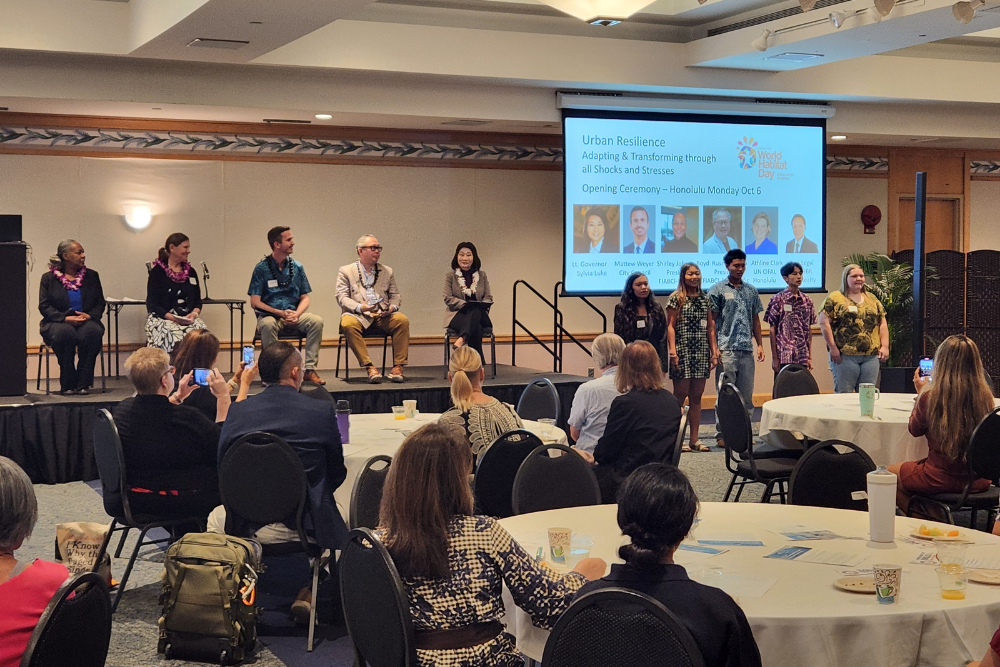

Building a Sustainable Future: Real Estate's Role in Achieving the SDGs
In an era of global development, sustainability has emerged as a top priority objective. The world is collectively striving to address pressing issues such as climate change and poverty eradication. These challenges are some of the focal points of the United Nations' Sustainable Development Goals (SDGs), a blueprint for global development that outlines 17 goals to transform our world for the better by 2030. While governments and organizations worldwide are working tirelessly to achieve these goals, the real estate industry, a pivotal driver of economic growth and urbanization, has a significant role to play in realizing the SDGs.
The Global Commitment to Sustainability
Before delving into the relationship between real estate and the SDGs, it's crucial to understand the overarching commitment to sustainability on a global scale. In 2015, world leaders adopted the 2030 Agenda for Sustainable Development, a significant moment in international cooperation. Central to this agenda are the 17 Sustainable Development Goals, each addressing a specific challenge, from clean energy and gender equality to quality education and climate action.
Real Estate's Impact on the SDGs
Real estate has the potential to both positively and negatively impact the SDGs. It's essential to recognize the powerful synergy that can be unlocked when the real estate sector aligns its practices with the SDGs.
1. Affordable and Clean Energy (SDG #7)
SDG 7 aims to ensure access to affordable, reliable, sustainable, and modern energy for all. In the realm of real estate, this goal manifests through sustainable construction practices and the integration of energy-efficient technologies in buildings. Investments in renewable energy sources, such as solar panels and wind turbines, not only reduce carbon emissions but also lower operational costs for property owners and occupants.
2. Sustainable Cities and Communities (SDG #11)
SDG 11 seeks to make cities and human settlements inclusive, safe, resilient, and sustainable. Real estate developers and urban planners can significantly contribute to this goal by designing
eco-friendly, compact cities that prioritize public transport, green spaces, and affordable housing. Sustainable urban development not only enhances the quality of life for residents but also mitigates the environmental impact of rapid urbanization.
3. Responsible Consumption and Production (SDG #12)
Responsible consumption and production, as outlined in SDG 12, involve reducing waste generation and promoting sustainable practices throughout the production and consumption cycle. In the real estate sector, this translates to the use of sustainable construction materials, efficient waste management systems, and the adaptation of circular economy principles. By focusing on longevity and recyclability, real estate developers can significantly reduce their ecological footprint.
4. Climate Action (SDG #13)
Addressing climate change is a shared global responsibility, emphasized in SDG 13. Real estate's contribution to this goal includes the construction of green buildings with low carbon footprints, the implementation of energy-efficient HVAC systems, and the adoption of resilient design practices. Additionally, real estate professionals can invest in carbon offsetting initiatives to neutralize their emissions and support renewable energy projects.
5. Partnerships for the Goals (SDG #17)
SDG 17 highlights the importance of forging partnerships to achieve the SDGs. The real estate industry can actively engage in partnerships with governments, non-governmental organizations, and the private sector to leverage resources and expertise for sustainable development. Collaborative efforts can accelerate progress towards all the SDGs, creating a more sustainable and equitable world.
Saudi Arabia’s Vision 2030
In alignment with the global sustainability efforts, Saudi Arabia has embarked on its ambitious Vision 2030 initiative. This transformative vision recognizes the importance of sustainable development in achieving national prosperity and global harmony.
Saudi Arabia's commitment to Vision 2030 resonates with its dedication to the United Nations Sustainable Development Goals. By integrating these international benchmarks into its own development agenda, the Kingdom aims to create a thriving economy, ensure environmental preservation, and enhance the well-being of its citizens.
Through Vision 2030, Saudi Arabia is not only reshaping its own future but also contributing to the broader global mission of building a more sustainable world.
Conclusion
The real estate sector holds immense potential to contribute to the achievement of the United Nations Sustainable Development Goals. As we unlock the synergy between real estate and the SDGs, we move closer to a future where economic prosperity coexists harmoniously with environmental sustainability and social progress.
To explore how the real estate industry can further contribute to the SDGs and participate in discussions on sustainable development, join us at the 42nd FIABCI Global Leadership Summit this December. Be part of the transformation by registering today.



















































































































































































































































































































































![[Webinar Summary] COVID-19: What lies ahead for the Real Estate Industry?](/uploads/news/9i1w05plq2ksbcswuyj5ze2nr.png)































































































